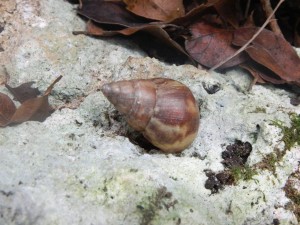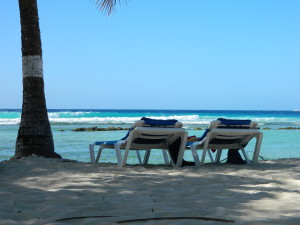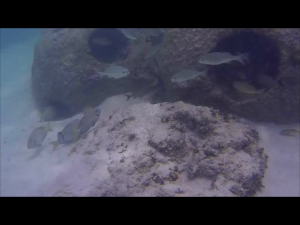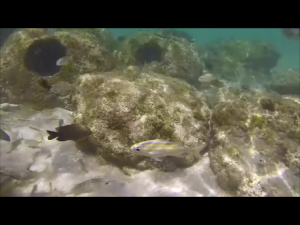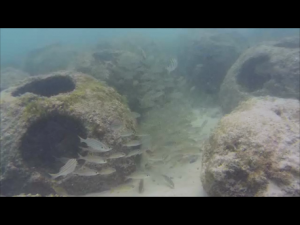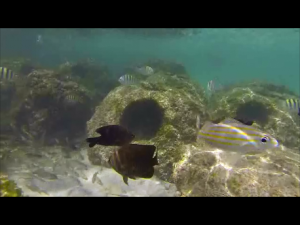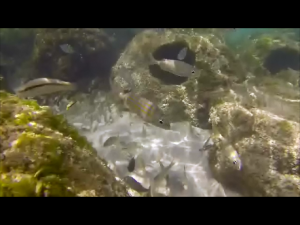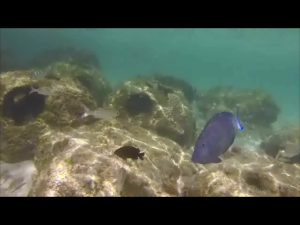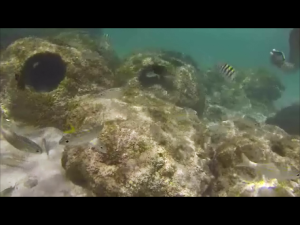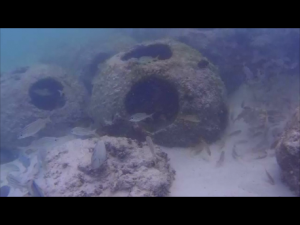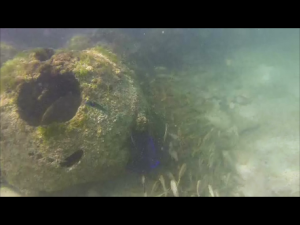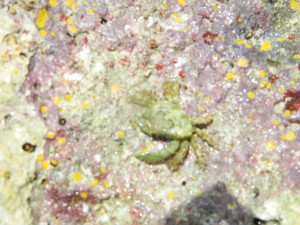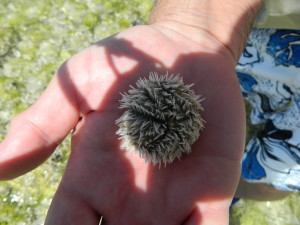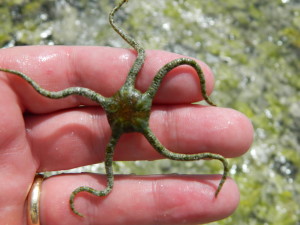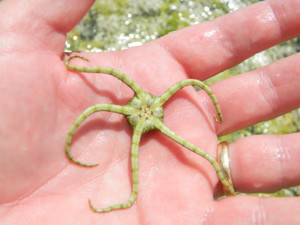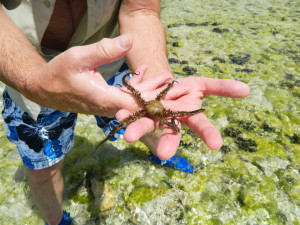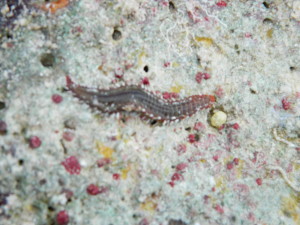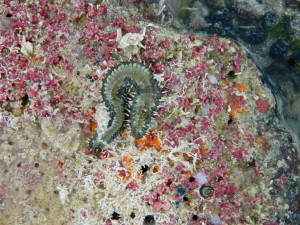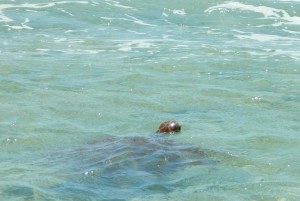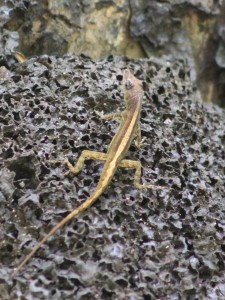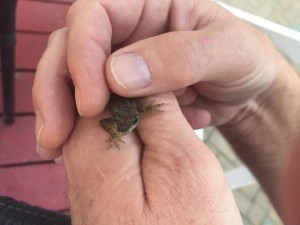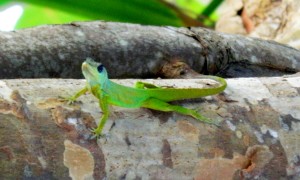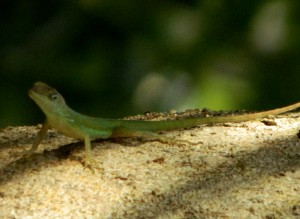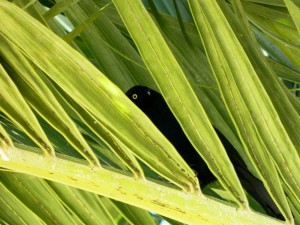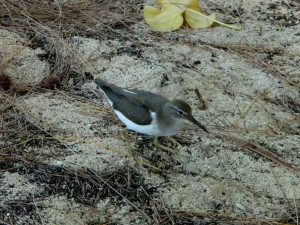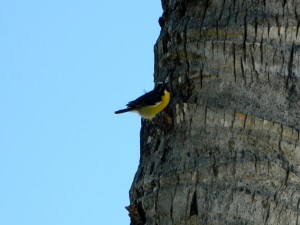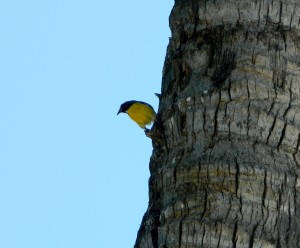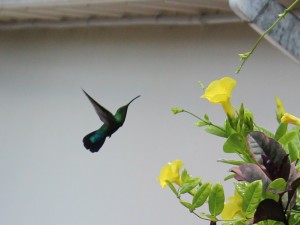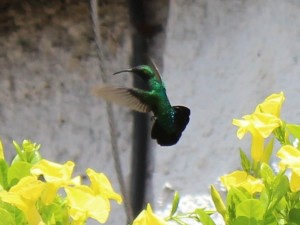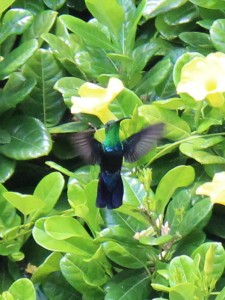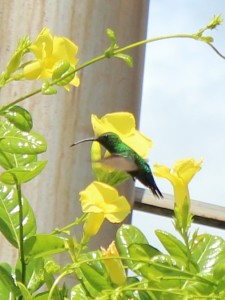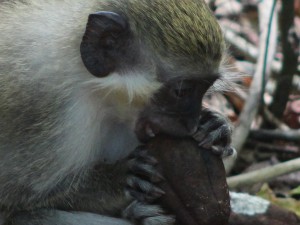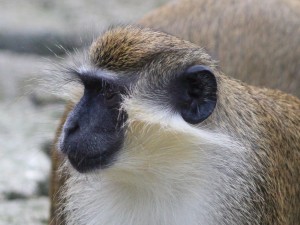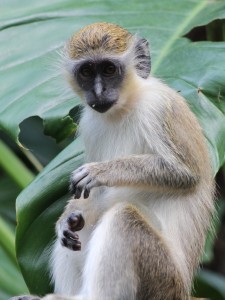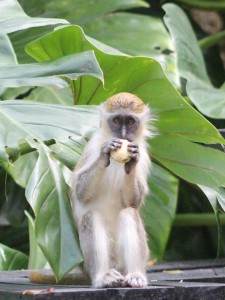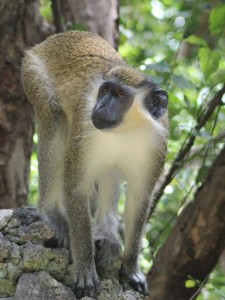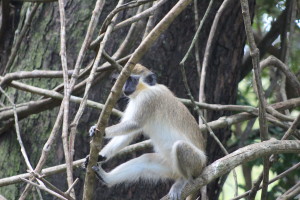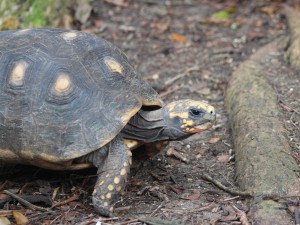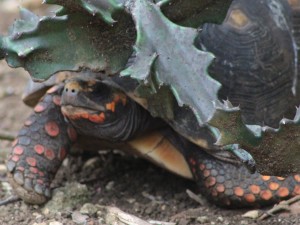Barbados Wildlife Encounters
February 2016
If you recall, we spent a week on the beautiful Caribbean island of Barbados last month. If you haven’t yet read our “introductory” post of the many adventures and wonderful people we encountered, feel free to check it out here. Take your time – we’ll be waiting right here when you get back!
As always, you can click any picture for a higher resolution version…just click your “Back” button to return to the story after viewing. Please see sharing and copyright notice at end of post.
We definitely appreciated our “down time”, leisurely enjoying the local food and drink. The simple joy of relaxing by the beach at Coconut Court can not be beat while enjoying a getaway from the February chill of North America.
However if you have followed us for a while, you know that we always have an eye open for any wildlife we might encounter! While at home at Frog Pond Farm; we are surrounded by woods and wetlands – so we are often visited by creatures great and small. We appreciate sharing a “wild” environment at home, and also love to observe wildlife wherever our travels might take us.
As beautiful as Barbados may be, it is sadly not the most “bio-diverse” island in the Caribbean. During the 17th and 18th century, much of the island was deforested to support large sugarcane plantations. The British also introduced Mongoose (mongooses? mongeese?) to control rats on the plantations. While they helped with the rats (also introduced btw), they also practically wiped out the native snake populations. While the sugar (and later rum) endeavor made many colonists rich, Barbados wildlife is still recovering.
However – there are still some amazing animals to be seen, as long as you take the time to seek them out! In our case, we didn’t really have to go far. “Our” little beach at the Coconut Court resort has an artificial reef created about 50 yards off-shore, complete with “pots” to attract fish and other marine life. We enjoyed many hours swimming, snorkeling or just wading in these waters. We saw more and a greater variety of tropical fish here than we saw during the entirety of last year’s visit to the Keys and our trip to the USVI in 2010 – combined. Here is just a sample of screen captures from our trusty GoPro.
Just east of our beach area was a shallow rocky shore. While exploring this area, we made sure to turn over a coral stone now and then. You never know what might be living underneath! (if you do this yourself, but sure to carefully replace the stone as you found it – it IS someone’s home after all…). We met some interesting creatures here; including:
Ghost Crabs – which due to their lack of coloration are near impossible to focus on in bright sunlight.
Several species of Sea Urchins. In addition to these, we also saw another species with long dark-brown spines, but only encountered those while snorkeling in slightly deeper water.
Close relatives (echinoderms) of the Sea Urchins are Starfish. We met two species of Brittle Stars!
As well as several sea-worms / slugs
The highlight of this area of the beach however, was the “herd” of Green Sea Turtles which came in to feed. One of the local charities we support is the Karen Beasley Sea Turtle Rescue Center – so we felt incredibly blessed to see these magnificent reptiles in their native habitat. Each day at high tide, we would see a dozen or more, feasting on the abundant algae and sea grass in the shallows. They are shy creatures however, and we could not get close enough with the GoPro for any underwater shots. But they would occasionally and quickly “snorkel” for air, and we did manage to catch one shot!
One of the “Citizen Science” projects we support is “HerpMapper”. This mobile application allows users to upload sightings of reptiles and amphibians with geo-tag information. This data is then made available for researchers who are studying populations of various species around the world. We are proud to say that with our Green Sea Turtle photo, we made the first contribution to the site from the island of Barbados!
We also logged the Barbados Anole, which is much more brightly patterned than the Carolina Anoles which we commonly find around our house. The tail pattern is reminiscent of juvenile iguanas. But like our more familiar local anoles, there is a range of coloration (and color change!) depending on sex and location.
We visited at the wrong time of year to catch the annual bird migrations; however we did see several striking birds across the island. The most common we saw was a Grackle, or species of blackbird. This one was playing peek-a-boo from the palm fronds. His bright yellow eyes gave him away!
This sandpiper was just as curious about us as we were about it. Perhaps it was hoping we’d drop some of the snacks we brought along for the day?
We’re not sure what this little fellow might be – so perhaps a reader can enlighten us? We saw several around the island, and were always enchanted by their bright coloration and distinctive call.
But of all the birds we encountered on Barbados, it was the hummingbirds who presented us with the greatest challenge! There are three species on the island. We saw two of them – the Purple-Throated Carib and the Green-Throated Carib. Both of these beautiful birds are fast movers and hard to catch with the camera; even though they are the largest hummingbirds we’ve ever seen! After having lunch at the Mount Gay Distillery cafe, we stalked several Green-Throats around the gardens out back – and finally managed to capture a couple!
We spent one afternoon visiting the Barbados Wildlife Reserve and trails, and the adjoining Grenade Hall Signal tower. Here we observed many species in their natural habitat along the mahogany wood trails one side of the Reserve. You can also see and interact with many native and invasive species in a contained walk-through environment on the other side of the Reserve.
The highlight of this afternoon was our encounter with several troops of Green Monkeys. This was the first time we have seen non-human primates in their natural environment. While the Reserve environment has somewhat acclimated these fascinating creatures to humans; they are still wild animals. They are free to come and go as they please; and will pretty much ignore you as they go about their business. And their “business” seems to be little more than “eat and play”. We are SOOO jealous!
We are pretty sure that every Red-Footed Tortoise on Barbados has been relocated to the Reserve for it’s own protection. Even though we drove several hours through the countryside, we saw none in the wild. However there are hundreds of them here on the Reserve!
Wow! We’ve barely scratched the surface of the wildlife we encountered on our vacation to the wonderful island of Barbados! Please leave us a comment below to let us know what you think – and anything you’d like us to expand on. Who knows? There might be another post worth of pictures to share in the next week or so…..
——————————————————————————————————————————————————–
Links
If you are planning your own visit to Barbados, dreaming of one, or just want to explore further …. please visit these sites to learn more about the folks who helped make this one of the most enjoyable adventures we’ve experienced…. so far! Even though we spent a full week on Barbados, we did not have nearly enough time to see and do all things we wanted to experience. It won’t be tomorrow, it probably won’t be next year, but we WILL be back!
Sublink to Barbados Wildlife Summary
Grenade Hall Forest and Signal Station
Barbados Field Guide (not much for species ID, but very nice photography)
Caribbean Herpetological Society
*************************************************************************************************
Thanks for dropping by! Check in often, as you never know what we’ve been up to! Don’t forget to Like us on Facebook, and follow us on Twitter!
*************************************************************************************************
Copyright Notice – unless otherwise credited, all text and photos are © Picture The South, 2013 – 2016. Sharing is permitted and encouraged, but for non-commercial use only. Please give credit to source! If you would like to use anything commercially, please contact us at picturethesouth@gmail.com to work something out. Content of all external links is copyright the respective owners.




